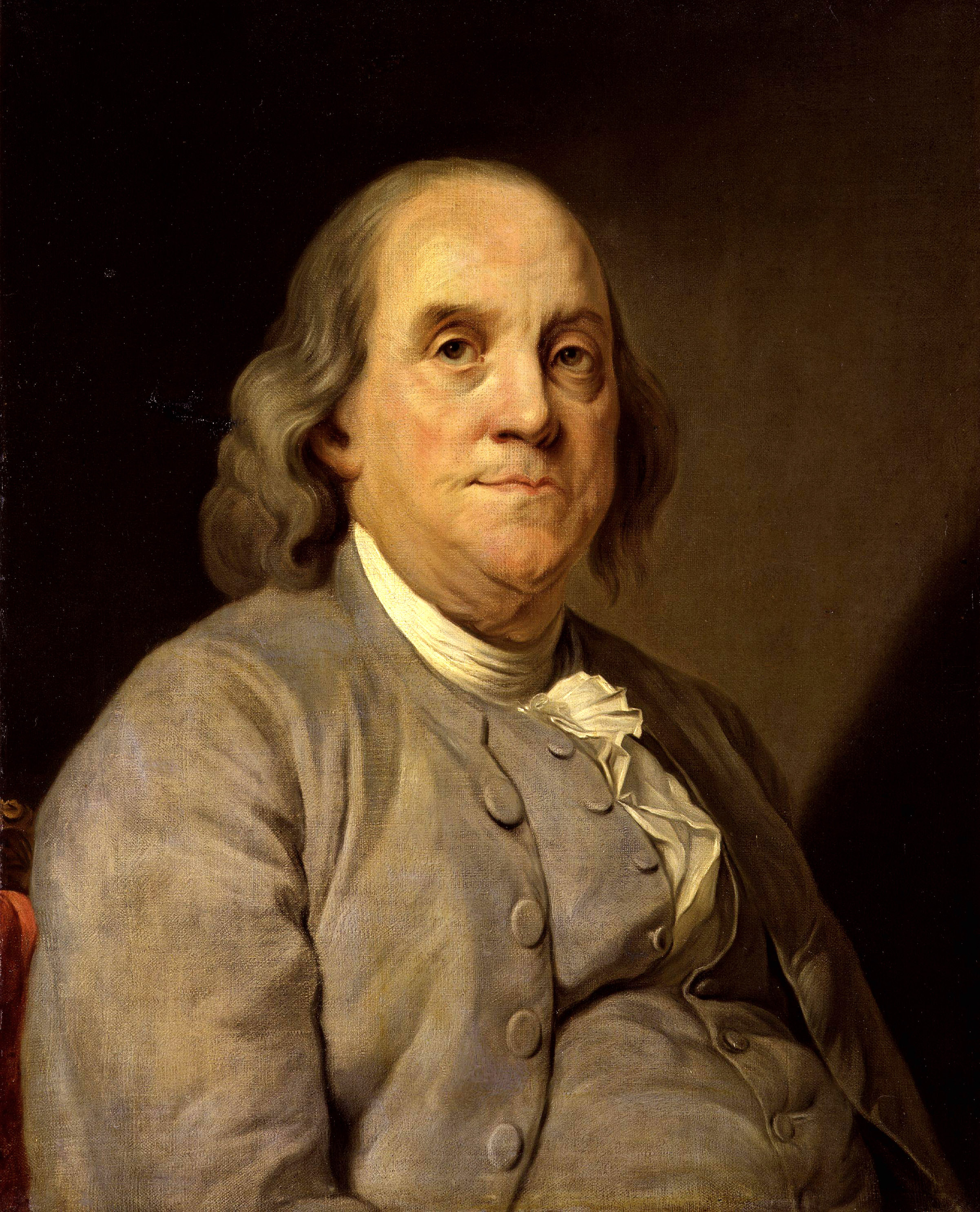There are many methods for making multi-objective decisions described in Lean Six Sigma and other disciplines. Benjamin Franklin developed a simple but effective one.
In 1772, Joseph Priestly, the discoverer of oxygen, had an important decision to make that had several advantages and disadvantages. He turned to his friend, Benjamin Franklin for help.
In the following letter, Ben describes his approach to making a difficult decision having several criteria which he named Moral or Prudential Algebra.
To Dr. Priestly, London, September 19, 1772
Dear Sir,
In the affair of so much importance to you, wherein you ask my advice, I cannot, for want of sufficient premises advise you what to determine, but if you please I will tell you how.
When those difficult cases occur, they are difficult, chiefly because while we have them under consideration, all the reasons pro and con are not present to the mind at the same time; but sometimes some set present themselves, and at other times another, the first being out of sight. Hence the various purposes or inclinations that alternately prevail, and the uncertainty that perplexes us.
To get over this, my way is to divide half a sheet of paper by a line into two columns; writing over the one pro, and over the other con. Then during three or four days consideration, I put down under the different heads short hits of the different motives, that at different times occur to me, for or against the measure.
When I have thus got them all together in one view, I endeavor to estimate their respective weights; and where I find two, one on each side, that seem equal, I strike them both out. If I find a reason pro equal to two reasons con, I strike out the three. If I judge some two reasons con, equal to some three reasons pro, I strike out the five; and thus proceeding I find at length where the balance lies, and if, after a day or two of further consideration, nothing new that is of importance occurs on either side, I come to a determination accordingly.
Source: pp. 16-17, Private Correspondence of Benjamin Franklin, Vol I, Edited by his Grandson William Temple Franklin, London, 1833, Publisher: R. Bentley
Dr. Duff Watkins, Director ExecSearch International-Australia illustrates Ben’s approach in his LinkedIn Pulse article. You can read Duff’s article here.
Thus, Benjamin Franklin had developed a precursor to what is called the Even Swaps method.
The original article titled: Even Swaps: A Rational Method for Making Trade-Offs by John S. Hammond, Ralph L. Keeney, and Howard Raiffa appeared in the March-April 1998 Harvard Business Review. You can find the article here.
Brian Putt, Decision Scientist, and Director Society of Decision Professionals simply explains the Even Swaps method through an example from the Hammond, Keeney, and Raiffa article. You can view Brian’s excellent video here.







Leave A Comment